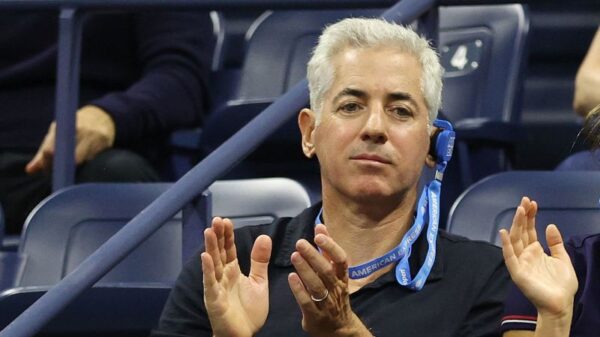A recent study has revealed that professional cycling teams can significantly enhance their performance by adopting alternative formations. Research conducted by Heriot-Watt University, in collaboration with Ansys, a subsidiary of Synopsys, indicates that specific formations can reduce aerodynamic drag for a protected rider by up to 76% compared to the conventional single paceline method.
The findings of this performance study highlight the potential for teams to rethink their strategies during races. Traditional paceline formations, while effective to some extent, do not take full advantage of aerodynamic principles. The research suggests that by employing formations that allow for better airflow dynamics, teams can create a more efficient riding environment, ultimately improving speed and reducing fatigue for the lead rider.
Innovative Approaches to Cycling Strategy
The study emphasizes that the effectiveness of these alternative formations comes from their ability to manipulate air currents. By positioning riders in specific geometries, teams can shield the lead cyclist from wind resistance, a major factor that affects overall speed. This research could change the way teams approach race-day tactics and formation strategies.
In practical terms, the implications of these findings are profound. For example, during a race, a team that utilizes these optimized formations could see a marked improvement in race times and overall performance metrics. The reduction in drag not only benefits the protected rider but can also enhance the performance of the entire team as they navigate through the course.
The collaboration between Heriot-Watt University and Ansys underscores the importance of integrating advanced technology and research into sports. By utilizing simulation software, the study was able to analyze various formation strategies and their effects on aerodynamics, providing teams with actionable data to inform their tactics.
Impacts on Competitive Cycling
As cycling becomes increasingly competitive, the ability to leverage scientific research for tactical advantages will likely play a crucial role in future races. Teams that adopt these findings may find themselves at a significant advantage, particularly in endurance racing situations where every second counts.
While the study is primarily focused on professional cycling, the principles of aerodynamics can extend to other sports as well. The methods developed through this research could inspire innovations in how teams operate across various disciplines, potentially leading to new standards in performance enhancement.
In conclusion, the research from Heriot-Watt University and Ansys not only sheds light on the potential of alternative cycling formations but also encourages a broader dialogue about how data and technology can reshape athletic performance. As teams look to the future, incorporating these strategies could be key to dominating the competitive cycling landscape.


































































